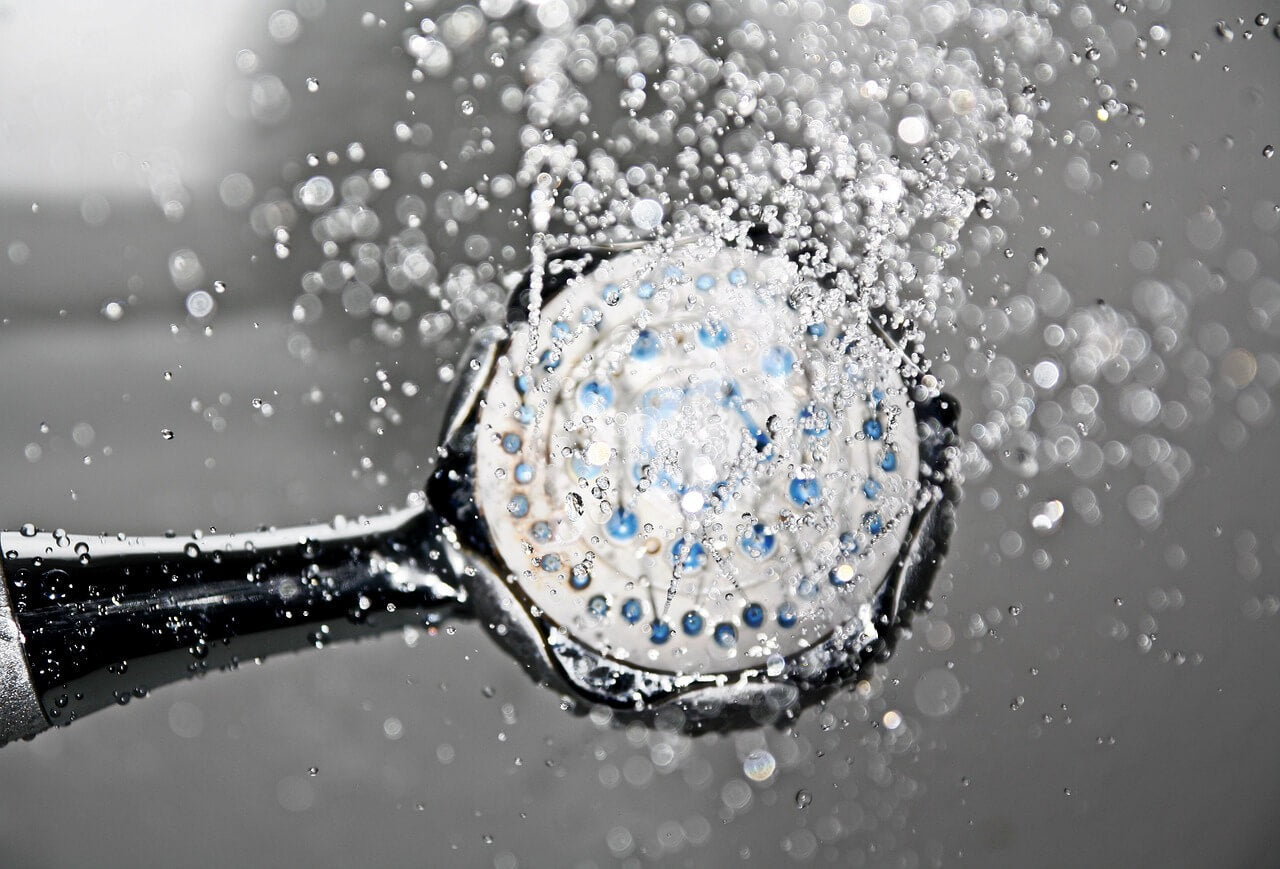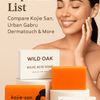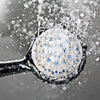Kojic Acid Soap for Sensitive Areas: Underarms, Elbows, Knees, and Bikini Line

Kojic acid soap is widely used for fading dark spots and pigmentation across the body—but when it comes to sensitive regions such as underarms, elbows, knees, and the bikini line, special care is needed. Here’s an expert breakdown of its effectiveness and safety for these delicate areas, including how to use it for best results.
How Effective Is Kojic Acid Soap for Sensitive Areas?
Kojic acid works by inhibiting melanin production (the pigment that causes dark spots), making it effective for addressing hyperpigmentation caused by sun exposure, friction, or hormonal changes on regions like the underarms and knees.
Underarms: Kojic acid can help lighten "shadowy" or pigmented underarms, especially when used consistently. Improvements are gradual and enhanced by pairing the soap with moisturizers and sunscreen.
Elbows & Knees: Most users see visible results in these rougher, thicker-skinned areas—especially if the pigmentation is from the sun rather than friction.
Bikini Line: Kojic acid soap may help fade pigmentation, but the bikini line is highly sensitive. Some users report slow improvement, but also an increased risk of dryness and irritation.

Kojic Acid + Alpha Arbutin Soap Bar
Safety Tips and What Works—What Doesn’t
Sensitive skin and delicate body areas require a gentle approach:
Patch Test First: Always test on a small area to check for any adverse reaction (e.g., redness, stinging, or burning).
Don’t Use on Damaged Skin: Avoid using kojic acid soap on open cuts, inflamed, or very sensitive skin. Wait until the skin heals before resuming use.
Start Slow: For those with sensitive skin or new to kojic acid, begin with usage 2–3 times a week, and gradually increase if your skin tolerates it.
Moisturize Afterwards: Kojic acid can be drying—always follow up with a hydrating lotion or cream to avoid peeling or increased dryness.
Sun Protection Essential: Kojic acid increases photosensitivity. Apply sunscreen (SPF30+) daily to prevent further pigmentation.
Spot Treatment vs Daily Use: For sensitive regions, spot treatment (using the soap only on affected patches) is often safer and more effective than daily full-body use. Most dermatologists recommend limiting use to a few days per week, monitoring for irritation.
Read- Are Body Serums Safe for Pregnant and Breastfeeding Women? Dermatologist Advice
Can You Use It Daily?
Sensitive Areas: Daily use is generally not recommended for underarms, knees, elbows, and bikini line, especially for those with sensitive skin, as it may lead to irritation, redness, or peeling.
Spot Treatment: Many experts suggest applying kojic acid soap as a spot treatment (just to dark patches) 2–3 times a week.
Gradual Buildup: If your skin tolerates it well without any irritation, you may slowly increase frequency, but always prioritize your skin’s response.

Kojic Acid + Alpha Arbutin Soap Bar
Step-by-Step Guide for Sensitive Areas
-Patch test first.
-Wet skin and the soap; lather gently with hands (no scrubbing).
-Apply to the affected area; leave on for 1–3 minutes at first—do not exceed 5 minutes.
-Rinse thoroughly then moisturize with a gentle, fragrance-free lotion.
-Use sunscreen if the area will be exposed to sunlight.
-If skin becomes dry, itchy, red, or peels, decrease frequency and increase moisturizing.
What Doesn’t Work
Aggressive daily use and extended leave-on times (beyond 5 minutes) can cause irritation and worsen sensitivity.
Use on broken or inflamed skin risks further damage—never apply until the skin is fully healed.
Skipping moisturizer or sunscreen can increase adverse reactions and nullify pigmentation benefits.
In Summary
Kojic acid soap can help fade pigmentation in sensitive areas, but must be used carefully to avoid irritation.
-Best for spot treatment and short contact times, with maximum frequency of 2–3 days/week for very sensitive skin.
-Always moisturize and protect from sun exposure.
-Watch your skin’s response and discontinue use if any irritation occurs.
Consistency, gentle use, and patience are key for safely improving pigmentation in underarms, elbows, knees, and bikini line. For stubborn pigment or skin sensitivity, consult a dermatologist for the safest routine.





